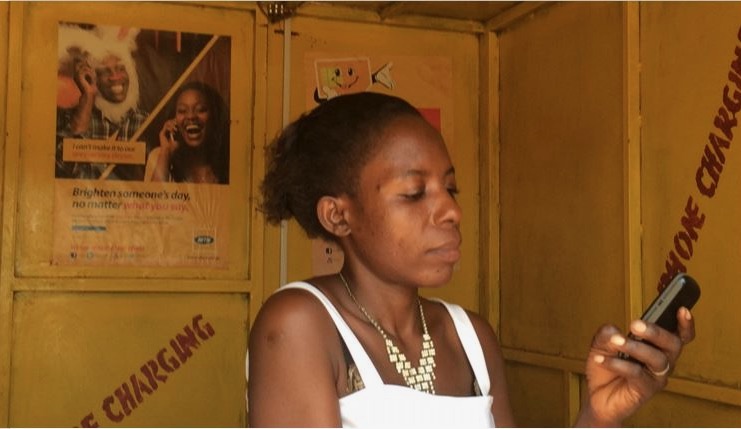Can mobile phone data predict women’s economic empowerment?
Call detail records from mobile phone data hold significant potential to predict women’s economic empowerment, finds a recent study by CGIAR and Dalberg Data Insights.
A lack of large-scale gender survey data holds back women’s empowerment research, but big data methods have significant potential to unlock findings. Call detail records (CDRs), which are produced whenever a mobile phone is used, contain a wealth of information on users’ behavior; the number of different people a user calls may reveal something about users’ social networks, how frequently users purchase mobile minutes and/or data may correlate with socio-economic status, and the location of cell towers, through which phone calls are routed, provide insights into users’ mobility.
Inspired by recent CDR applications in development research, partners from the CGIAR Platform for Big Data in Agriculture, the CGIAR Program on Policies, Institutions, and Markets, and Dalberg Data Insights, examined the feasibility of using CDRs to predict women’s and men’s economic empowerment.
In the study, economic empowerment was proxied by indicators of employment status, ownership of assets (land and house), and decision-making about the use of household income. Using machine learning models on data from CDRs for over 12 million MTN Uganda subscribers, including more than 10,000 ground-truth survey respondents, the team’s analysis found employment and land/house ownership to be related to economic empowerment, but decision-making was, by far, the most direct indicator of empowerment.
While more research and modeling are needed, the rest of the results were encouraging and provided a proof of concept that CDRs could be operationalized for tracking progress on gender equality and women’s economic empowerment in a developing country.
Click here to read the full article on the study’s methods and results.
This was a joint project of the CGIAR Platform for Big Data in Agriculture and the CGIAR Program on Policies, Institutions, and Markets (PIM). For this study, the research team partnered with Dalberg Data Insights (DDI). Through their on-going data sharing agreement with MTN Uganda, they had access to users’ CDRs and provided technical leadership and developed the machine-learning models.
Feature photo: A woman uses a mobile phone in Kampala, Uganda. Nandini Harihareswara / USAID.
May 31, 2021
Vanya Slavchevska, Greg Seymour, and Brian King
Latest news





